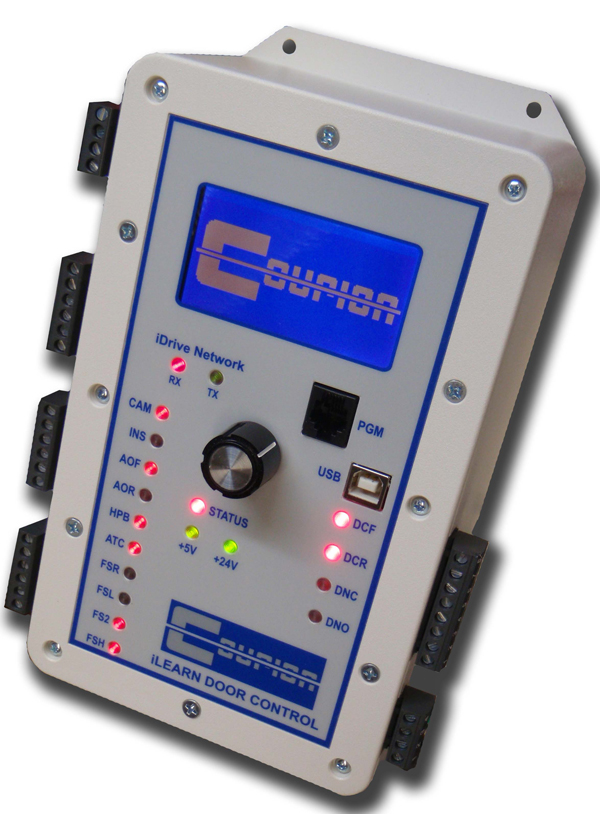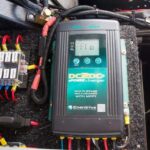The feature in the alternating current motors which controls the motor speed by varying the motor input frequency and voltage is called a variable frequency drive. The variable frequency drives are more expensive than the fixed speed motors, but they provide cost savings by lowering the expenses and extending the motor life. These drives can change the motor frequency and voltage in order to increase or decrease the pump flow rates.

The variable frequency drive consists a DC circuit, an alternating current converter, and a DC to AC inverter. It produces AC similar to the AC which is used in our homes, but with one more ability -to raise and to lower the motor voltage and frequency. That’s why these machines are called variable frequency drives. Therefore, if you connect a variable frequency drive to a pump, the motor of this drive can provide a flow rate control without using a control valve system/s.
The variable frequency drives are used for a variety of applications, from small appliances to large stationary compressors. Although highly efficient machines, the market for variable frequency drives is still small and not so profitable. These drives offer many advantages. One advantage is their capability to reduce the required power in order to run at lower speeds. For example, running pump at only one speed is very inefficient and certainly reduces the flow rate. The variable frequency drives offer more options and minimize the operating costs.
These drives are ideal for many industries. They are capable to improve the quality of the monitoring process, speed, pressure, flow, temperature, torque and tension. For example, many chemical processes have specific acceptable temperature limits for product quality. Therefore, they require varying flow rates for a quicker temperature adjustment.
Another great advantage of the variable frequency drives is their smooth and slow starting ability. When motors are connected to a constant voltage, they start quickly. With a variable frequency control, the motor starts quickly but increases its speed steadily. Less stress in the system means longer service life for your equipment.
However, these drives also have disadvantages. One disadvantage of the variable frequency drives is that they have a tendency to be more noisy than the constant speed drives. When turned on, there is more vibration in the motor, which results in higher noise levels.






















